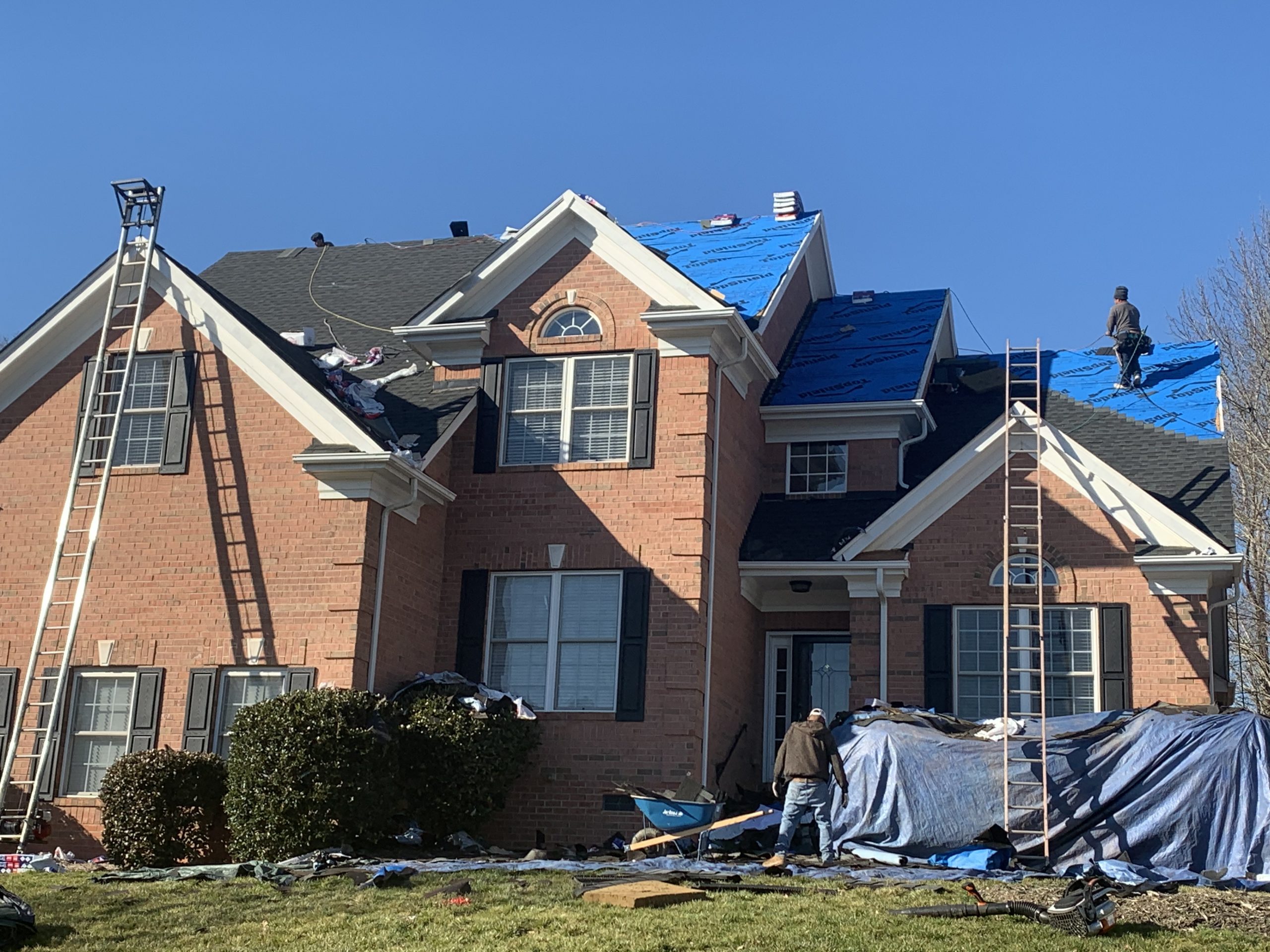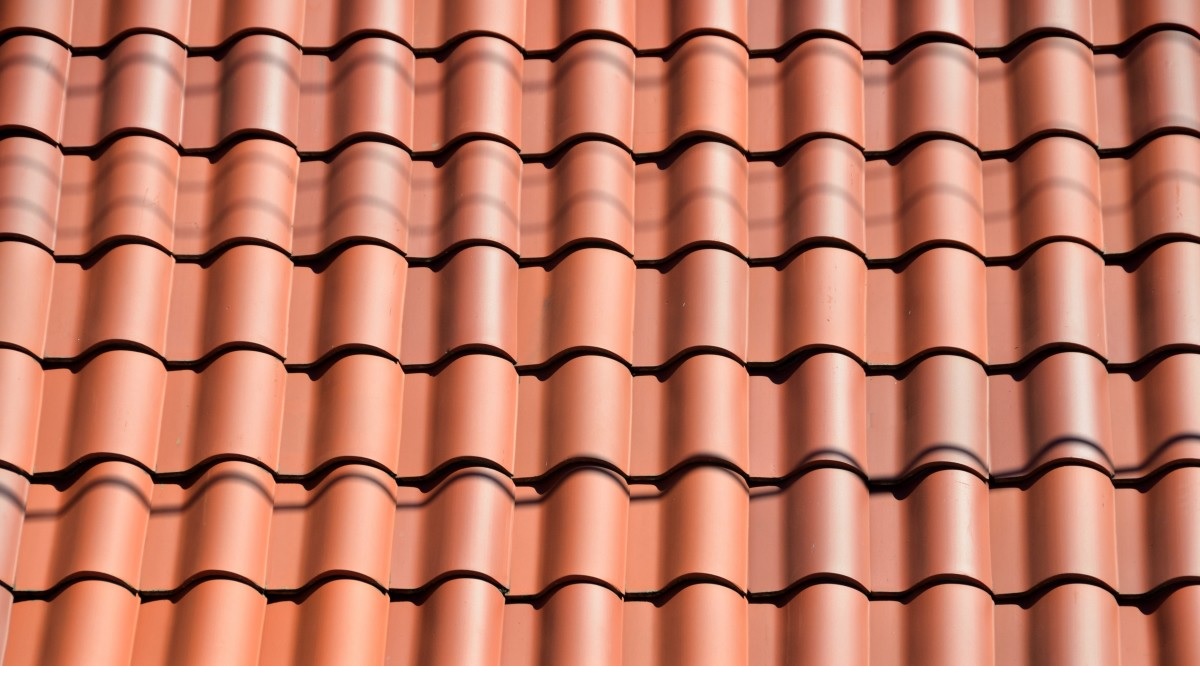Installing a new roof is a significant improvement that can enhance the appearance, energy efficiency, and overall value of your home. However, to ensure a smooth and successful installation, it’s essential to prepare your home thoroughly. This guide will walk you through the crucial steps to get your home ready for a new roof, helping to minimize disruptions and protect your property during the process.
Your roof is your home’s primary defence against the elements, and replacing it is a vital step in maintaining the durability and safety of your property. While the idea of such a major renovation may seem a bit overwhelming, taking the time to prepare can make the entire process much more manageable. By following these steps, you’ll create a safe environment for the roofing team and keep your belongings protected from any potential damage.
Planning and Scheduling
Choosing the right time to replace your roof is key. Ideally, you should plan the work during a dry period, as this reduces the chance of rain interfering with the project and possibly damaging your home’s interior. Take into account the typical weather patterns in your area when scheduling the installation to ensure the best conditions for the job. In Vancouver, where rain is common, it’s crucial to work with a roofing company in Vancouver that understands the local climate and can plan accordingly.
Selecting a reputable roofing contractor is equally important. Take the time to research and find a contractor with a strong track record, preferably one with experience in handling the type of roof you have. Ask for references, read online reviews, and make sure they are properly licensed and insured. A reliable contractor will guide you through the preparation process, answer any questions you might have, and keep you informed about what to expect.
Interior Preparation
Before the roofing work begins, it’s wise to protect your valuables inside the house. The vibrations from the work can cause items to shift or fall, so it’s a good idea to remove or secure wall hangings, mirrors, and other fragile objects. You might also want to cover your furniture with dust sheets to protect it from any dust or debris that could find its way inside during the installation.
The loft will likely be the most affected area inside your home. It’s important to remove or cover any items stored there to protect them from dust and falling debris. If possible, consider temporarily relocating these items to another part of your home or even to a storage unit.
Throughout your home, pay close attention to delicate items like chandeliers, ceiling fans, and other suspended decorations. These may need extra securing or even temporary removal to prevent any damage from the vibrations and movements caused by the roofing work.
Exterior Preparation
The area around your home will turn into an active work zone during the roof installation. To protect your outdoor belongings, remove any furniture, potted plants, and decorative items that could be damaged by falling debris. If you have a pool or water feature, it might be a good idea to cover it to prevent dust and debris from accumulating.
If there are trees or large shrubs near your roof, it’s advisable to prune them before the work begins. This will give the roofing team easy access to your roof and help prevent any potential damage to your garden.
If you have satellite dishes or aerials mounted on your roof, you should arrange for their temporary removal before the roofing work starts. You may need to coordinate with your service provider to have them reinstalled once the project is complete.
Garage and Driveway Preparation
Your roofing contractor will need space to store materials and park their vehicles. If you can, clear out your garage to provide a secure area for storing roofing materials overnight. If a garage isn’t available, designate a flat, accessible area in your garden or driveway for this purpose.
During the roofing process, there’s always a risk of falling debris, which could damage vehicles. To avoid this, move your cars, boats, or other vehicles away from the house or to a safe, covered area until the project is finished.
Utility Considerations
For safety reasons, it’s important to disconnect any electrical connections to exterior fixtures near the roofline. This might include security cameras, outdoor lighting, or holiday light installations. If you’re unsure how to safely disconnect these items, it’s a good idea to consult an electrician.
If your home has roof-mounted HVAC units, discuss with your contractor how these will be protected during the roofing process. You may need to temporarily disconnect or cover these units to prevent any damage.
Preparing for Noise and Disruption
It’s considerate to inform your neighbours about the upcoming roofing work. Let them know the expected timeline and apologize in advance for any noise or inconvenience the project may cause. This small gesture can go a long way in maintaining good relations during the construction period.
The noise and activity associated with a roof replacement can be stressful for pets. If possible, arrange for your pets to stay with a friend or at a boarding facility during the most disruptive parts of the project. If this isn’t an option, try to create a quiet, safe space for them inside your home, away from the noise and commotion.
Safety Measures
If you have children, it’s essential to explain the roofing process to them and establish clear safety rules. Keep children and pets indoors during work hours, and make sure they understand the importance of staying away from work areas and equipment.
Work with your contractor to clearly define and mark off work zones around your home. This helps ensure the safety of both your family and the roofing crew. You might consider using caution tape or temporary fencing to cordon off areas where materials will be stored or where debris might fall.
Documentation and Communication
Before the work begins, take detailed photographs of your home’s exterior, including the roof, gutters, and surrounding landscape. These images can be invaluable for insurance purposes and can help ensure any damage is properly addressed during the project.
Have a thorough discussion with your roofing contractor about the expected project timeline. Understanding the day-to-day schedule will help you plan your activities and minimize disruptions to your daily routine.
Post-Installation Preparation
While reputable contractors will handle most of the cleanup, it’s a good idea to do a final sweep of your property once the job is done. You might find small nails or debris that were overlooked during the initial cleanup.
After your new roof is in place, arrange a final inspection with your contractor. This is your opportunity to review the work, ask any remaining questions, and ensure you’re satisfied with the results before making the final payment.
Summary
Preparing your home for a new roof installation might seem like a big task, but with careful planning and attention to detail, you can ensure a smooth and successful project. By following these steps, you’re not only protecting your property and belongings, but also creating a safe and efficient work environment for the roofing team. Open communication with your contractor throughout the process is key to achieving the best possible outcome. Once your new roof is in place, you can look forward to enjoying improved protection and enhanced curb appeal for your home for many years to come.












